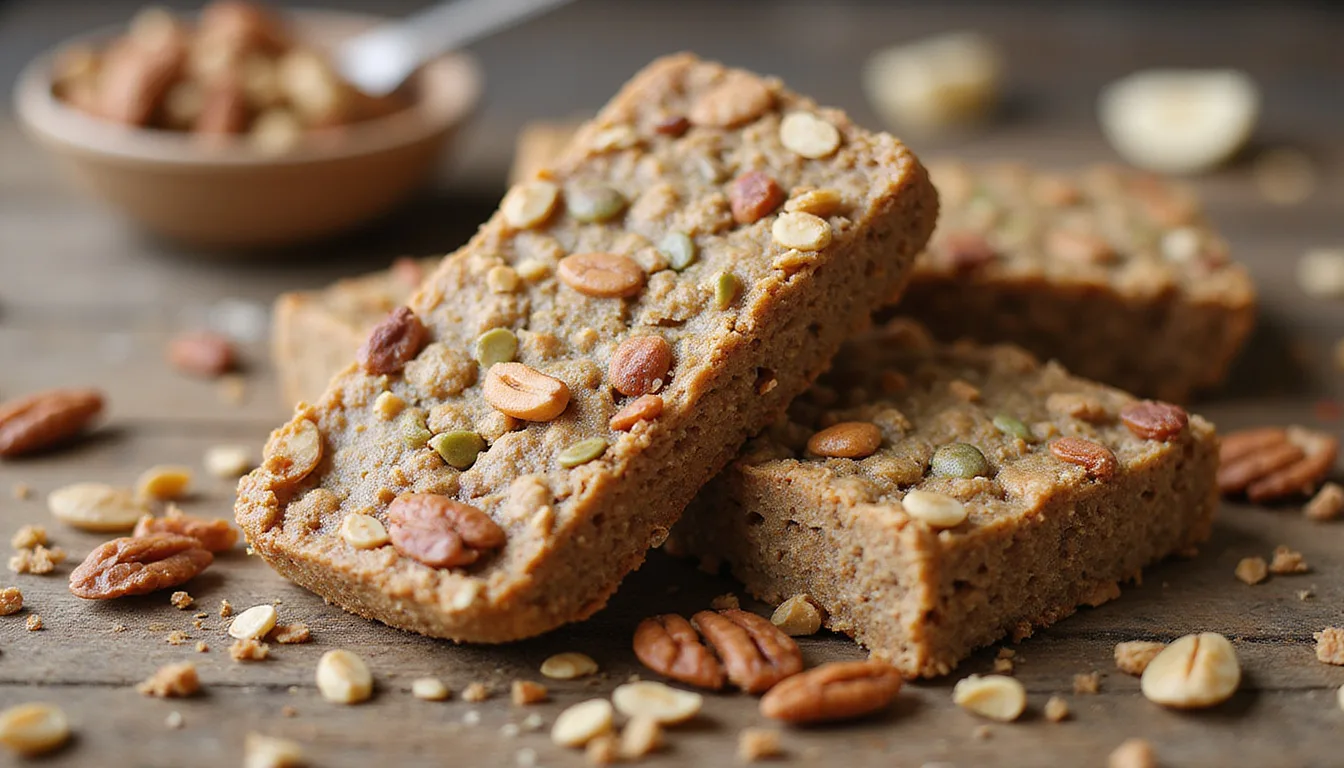
If you want to build muscle and lose fat, low carb weight training can be a smart choice. This method pairs fewer carbohydrates with weight training to help you keep muscle while using fat for energy. In this guide, we explain how you can use this plan to reach your fitness goals with clear steps.
What Is Low Carb Weight Training?
Low carb weight training means you keep your carb count low while you do weightlifting. Carbs fuel the body, but when they drop, the body turns to fat for energy. This process can shift your body composition. Lower carbs drop insulin levels. A lower insulin level tells the body to use fat instead of carbs. At the same time, lifting weights makes your muscles work hard. These two steps work close together to speed up fat loss and muscle growth.
Benefits of Low Carb Weight Training
This approach has a number of good points:
- Fast Fat Loss: Fewer carbs lower insulin spikes. With lower insulin, the body uses stored fat, which speeds up fat loss.
- Keeps Muscle: Weight training signals the muscles to hold on to their strength even when you lower carbs.
- Better Insulin Response: Matching low carb eating with exercise helps with the body’s insulin use and can cut risks for metabolic issues.
- Steady Energy: Many people find that low carb eating causes fewer drops in blood sugar. This steadies energy during workouts.
- Less Water Retention: Reducing carbs often cuts water retention. Your muscles may look leaner and firmer.
A study in the Journal of Strength and Conditioning Research shows that combining low carb diets with resistance work lowers fat mass without reducing muscle gains—if you get enough protein (source).
How to Build Your Low Carb Weight Training Plan
A good plan needs two parts: your food and your workout schedule. Here is the start.
Step 1: Set Your Nutrition
Carbohydrates
Keep your carb count moderate to low. Aim for about 50 to 150 grams each day, based on your exercise and goals. Skip fast carbs such as white bread, pasta, and sweets. Instead, choose:
- Non-starchy vegetables like spinach, broccoli, and kale
- A few berries
- Nuts and seeds
Protein
Protein helps you keep muscle as you lose fat. Aim for about 1.0 to 1.5 grams per pound of body weight daily. Choose lean choices like chicken, fish, eggs, and plant proteins.
Fats
When you lower carbs, healthy fats become a main energy source. Use fats like olive oil, avocados, nuts, and fish to stay strong and fueled.
Step 2: Plan Your Weight Training Routine
Choose exercises that work several muscles at once. A weekly plan may be:
- Day 1: Upper Body (bench press, rows, pull-ups, shoulder press)
- Day 2: Lower Body (squats, deadlifts, lunges)
- Day 3: Rest or light movement
- Day 4: Full Body (mix of upper and lower exercises)
- Day 5: Core and extra work
- Days 6 & 7: Rest or low-intensity cardio
Increase your weight or reps over time. This change helps your muscles keep growing.

Step 3: Sync Your Workouts with Your Meals
When you work out on low carbs, it might help to have a few carbs before and after training. This timing fills your energy stores and aids recovery without slowing fat loss.
Pointers to Get the Best Out of Low Carb Weight Training
Keep these hints in mind:
- Stay hydrated. Low carb diets may make you lose more water.
- Watch your salt, potassium, and magnesium levels to avoid cramps.
- Sleep well. Rest is key for muscle repair and fat loss.
- Track your progress. Check your body to see that you lose fat while keeping muscle.
- Be patient. Fast weight drops at first may be water loss; true fat loss takes time.
Common Errors in Low Carb Weight Training
- Too little protein can lead to muscle loss.
- Cutting too many carbs when doing high-intensity workouts may hurt your lifts.
- Skipping rest days means missing the chance to rebuild muscle.
- Eating too many calories, even on a low carb plan, may slow fat loss.
Frequently Asked Questions about Low Carb Weight Training
Q1: Can I build muscle while I cut carbs and lift weights?
A1: Yes. As long as you get enough protein and work hard, low carb weight training can help you keep and build muscle while you lose fat.
Q2: How low should my carb count be for good results?
A2: Carb needs differ. A range of 50-150 grams per day works well. Adjust based on how you feel during workouts.
Q3: Is low carb weight training safe for new lifters?
A3: It can be safe when you watch your nutrition and start slow. New lifters might need a bit more carbs until their strength builds.
Final Remarks: Why Low Carb Weight Training May Be Your Top Choice for Fitness
If you want to look lean, build muscle, and improve health, low carb weight training is a strong method to try. By lowering carbs and using a steady weight routine, you can burn fat while keeping and even building muscle.
Stick to a balanced diet, drink plenty of water, and challenge your muscles with planned workouts. This plan speeds up fat loss while keeping muscle gains steady.
Ready to change your body with low carb weight training? Plan your meals and workouts now and see fast, steady results yourself!
[center]Always consult with your doctor prior to making drastic diet changes.[/center]
[center]As an Amazon Affiliate, Savvy Keto makes a small commision (at no extra cost to you) on any purchases you make thru affiliated links you click on.[/center]




